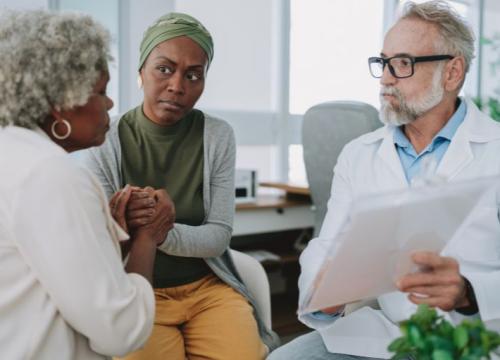Vitamin D Levels Linked to Falls and Some Non-Motor Symptoms in People with PD

A new study finds vitamin D levels are significantly correlated with falls and some non-motor symptoms in people with Parkinson’s disease (PD). The results of this clinical trial appear in the March 9, 2019 edition of Neurologica.
Vitamin D deficiency is widespread in people with PD. Although epidemiological studies have investigated the relationship between PD progression and vitamin D levels, the results have been mixed. Some studies have reported a higher prevalence of vitamin D deficiency in people with PD compared to those without PD, while others did not find a relationship between vitamin D and PD progression.

Previous studies of vitamin D and PD only focused on one or two aspects of PD and did not include non-motor symptoms, which can seriously limit quality of life. Vitamin D has a vital role in bone metabolism. Lack of vitamin D is correlated with an increased risk of falls and fractures. This can increase hospitalization and even fatal disability rates in people with PD. Studies have also shown that vitamin D levels are associated with cognition and mood in people with PD.
For the new study, researchers led by Jing Chen and Chun-Feng Liu at the Department of Neurology, Second Affiliated Hospital of Soochow University in Suzhou, China, studied 182 participants with PD and 185 people without PD. Researchers measured participants’ vitamin D levels and bone mineral density (BMD) of the lumbar spine and femoral neck (located near the top of the femur bone).
Results
- PD Participants had significantly lower vitamin D levels in their blood compared with people without PD.
- PD participants with lower vitamin D levels had significantly higher frequency of falls and insomnia.
- PD participants with lower vitamin D levels had significantly higher scores for the Pittsburgh Sleep Quality Index (a measure of sleep problems, depression and anxiety).
- Participants with PD had significantly lower mean BMD of the lumbar spine and femoral neck.
What Does It Mean?
This study clearly identified associations between vitamin D levels and some non-motor symptoms in people with PD. The results indicate that vitamin D deficiency may play a role in the development of PD and suggests that vitamin D supplementation may be useful in treating the non-motor symptoms of PD.
The researchers conclude that overall, the findings support further study of vitamin D supplementation for its possible benefits on both the clinical symptoms and quality of life of people with PD.
Learn More
The Parkinson’s Foundation believes in empowering the Parkinson’s community through education. Learn more about nutrition and Parkinson’s disease by visiting the below Parkinson’s Foundation resources or by calling our free Helpline at 1-800-4PD-INFO (473-4636) for answers to all your Parkinson’s questions.
Related Blog Posts



























